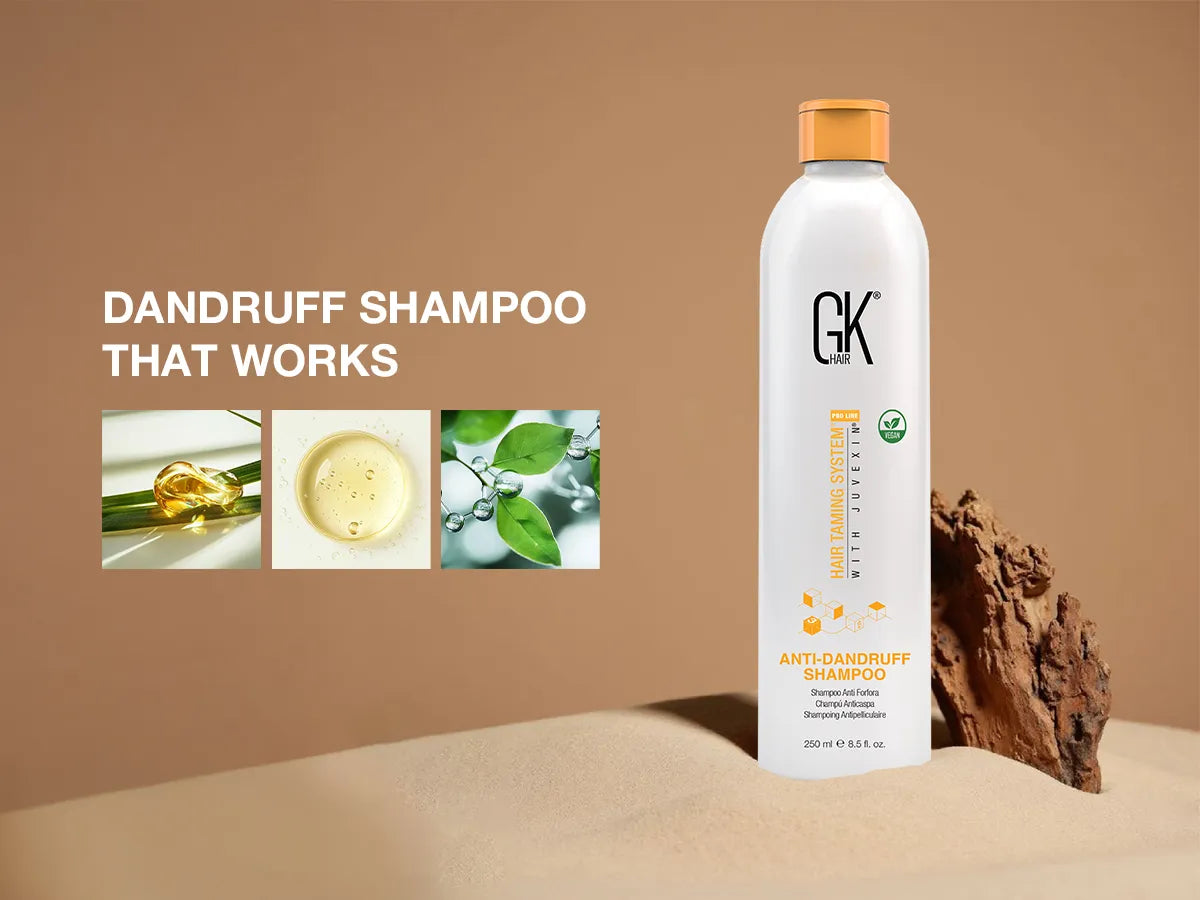Dealing with staticky hair can be frustrating, especially during dry seasons. Understanding the causes of static and knowing how to combat it can transform your hair care routine. From dry air to synthetic fabrics, several factors contribute to hair static. Here we talk about the five effective steps to get rid of static and keep your hair smooth and manageable.
Causes Of Static Hair
Dry Air
Low humidity levels can significantly contribute to hair static. When the air is dry, it draws moisture from your hair, leaving it dehydrated and more susceptible to static electricity. This is often exacerbated by indoor heating systems in the winter. Using a humidifier can help restore moisture to the air, ensuring your hair stays hydrated and less prone to static buildup.
Synthetic Fabrics
The friction caused by synthetic fabrics, such as polyester and nylon, is a significant contributor to hair static. These materials create static electricity when they come into contact with your hair. Switching to natural fibers like cotton or silk in your clothing and accessories can decrease this friction, helping to keep your hair static-free.

Overwashing
Overwashing your hair can remove its natural oils, causing it to become dry and prone to static. This dryness makes your hair more likely to build up static electricity. To prevent this, reduce the frequency of your washes and incorporate a dry shampoo into your routine. This will help keep your hair clean while preserving its natural oils and reducing static.
Heat Styling
Frequent use of heat styling tools like blow dryers, flat irons, and curling wands can dry out your hair, making it more prone to static. The high temperatures strip moisture from your hair, leading to increased static electricity. To minimize this, try to limit your use of heat styling tools and always apply a heat protectant spray before styling to protect your hair from damage and reduce static.
Incorrect Hair Products
Using the wrong hair products can exacerbate hair static. Products that contain alcohol or other drying agents can strip your hair of moisture, making it more prone to static. Instead, opt for products designed to hydrate and nourish your hair. Look for shampoos, conditioners, and styling products that are labeled as moisturizing or anti-static to keep your hair smooth and static-free.
5 Expert Tips To Get Rid Of Staticky Hair
1: Use A Leave-In Conditioner
Using a leave-in conditioner is an effective way to combat hair static. This product helps lock in moisture and adds a protective layer to your hair. Apply it to damp hair to keep it smooth and hydrated. Opt for leave-in conditioners that contain hydrating ingredients like shea butter, coconut oil, and vitamin E to reduce static and keep your hair looking its best.
2: Switch To Moisturizing Products
Hydrating shampoos and conditioners are essential for combating static. Choose products enriched with glycerin, argan oil, or shea butter to keep your hair well-moisturized. Don't forget to use a leave-in conditioner for added hydration.
3: Use Hair Serum
Using an anti-static hair serum can effectively reduce static and keep your hair looking smooth. Serums work by creating a barrier that minimizes friction and static buildup. Apply a small amount to your hair before styling to ensure a frizz-free finish. Opt for serums enriched with hydrating ingredients like jojoba oil, silk proteins, and ceramides to maintain moisture and enhance the overall health of your hair.

4: Choose Natural Fabrics
Opt for clothing made from natural fibers such as cotton or silk. These materials cause less friction compared to synthetic fabrics, helping to reduce static in your hair. Wearing hats, scarves, and pillowcases made from natural fibers can also minimize the static buildup that leads to unruly, frizzy hair.
5: Minimize Heat Styling
Frequent use of heat styling tools like blow dryers, flat irons, and curling wands can dry out your hair, making it more prone to static. The high temperatures strip moisture from your hair, leading to increased static electricity. To minimize this, try to limit your use of heat styling tools and always apply a heat protectant spray before styling to protect your hair from damage and reduce static.Conclusion
Addressing hair static involves understanding its causes and implementing effective solutions. By increasing humidity levels in your environment, using moisturizing hair masks and leave-in conditioners, applying hair serums, opting for natural fabrics in clothing, and minimizing heat styling, you can effectively manage and reduce static in your hair. These steps not only help in preventing static buildup but also contribute to maintaining smooth, healthy-looking hair.
For effective solutions to combat hair static and enhance your hair care routine, explore GK Hair's range of best hair products including hair serum, hydrating shampoos, and other specialized products. Visit our website to discover how GK Hair products can help you achieve your hair goals and maintain beautiful, static-free hair every day.
FAQs
FAQ 1: Why Does My Hair Get Staticky?
Static hair is often caused by low humidity levels, which strip moisture from your hair, making it more prone to static electricity. Other factors include frequent use of synthetic fabrics, overwashing hair, and using products that contain alcohol or harsh chemicals.
FAQ 2: How Can I Prevent Static In My Hair During Winter?
Static hair is common in winter due to dry indoor air from heating systems. To prevent static, consider using a humidifier to add moisture to the air, applying a leave-in conditioner to keep hair hydrated, using anti-static sprays or serums before styling, and wearing natural fiber hats or scarves.
FAQ 3: Can Heat Styling Tools Contribute To Hair Static?
Yes, frequent use of heat styling tools like blow dryers, flat irons, and curling irons can dry out your hair, making it more susceptible to static electricity. The heat removes moisture from your hair strands, leaving them dry and prone to static buildup.










